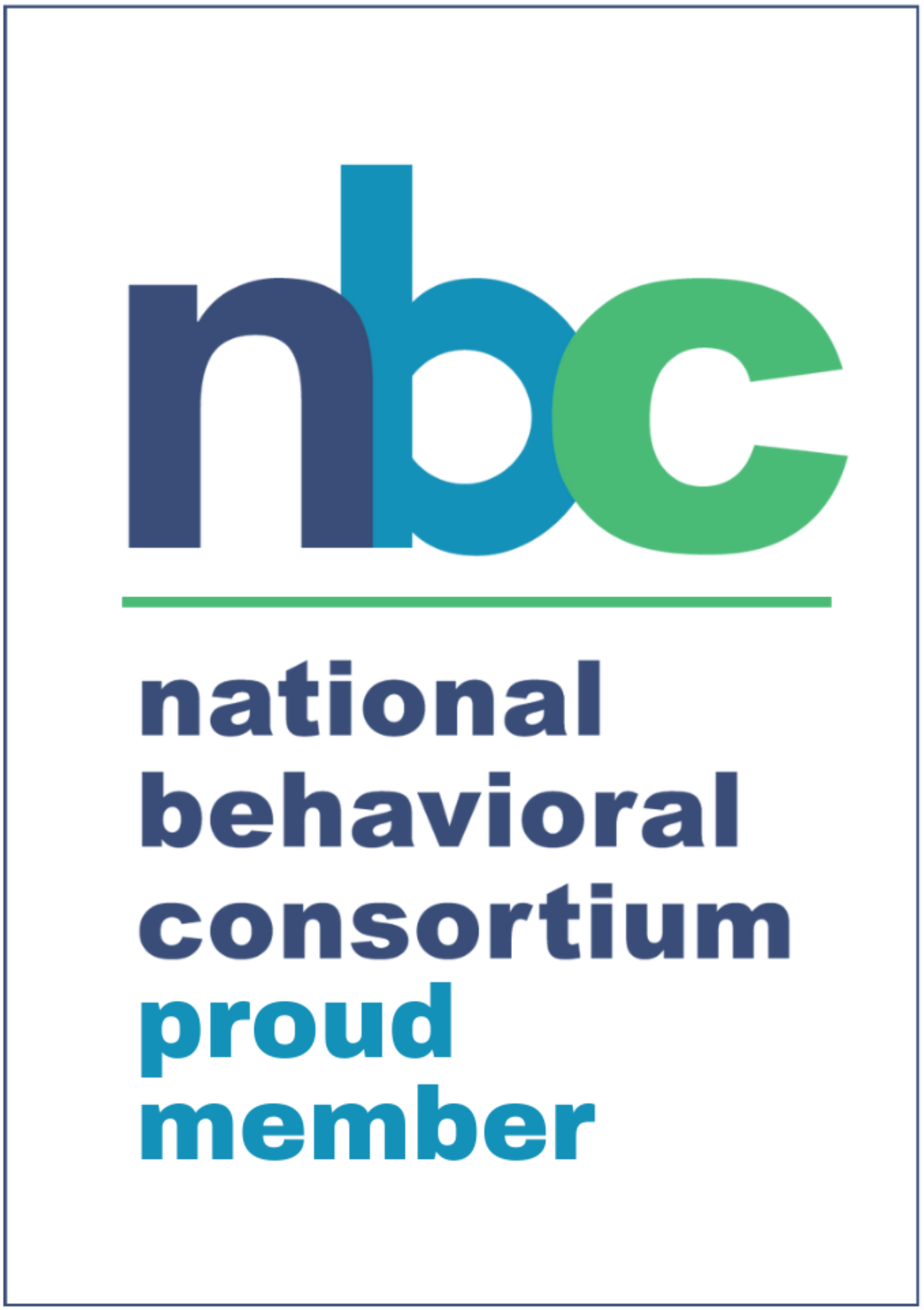There are many conditions, both acute and chronic, which have significant psychological components to them. It is well-documented that medical costs for diabetes, asthma, cardiac events, and others are significantly higher when there is a co-morbid diagnosis of depression, post traumatic stress, or substance use disorder. As a function of this relationship and the impact of the Affordable Care Act (ACA), there is a need for integrating behavioral health services.
The integration needs to occur at the strategic/systems and tactical levels. On the tactical side, there are already case studies in the public healthcare sectors and in Kaiser Permanente of placing mental health professionals in medical clinics and offices so the doctors and nurses can just walk a patient down the hall to see them once a psychological component has been identified. At MINES we are piloting a wellness coaching model for individuals who are identified by their healthcare provider as a pre-substance use disorder patient, through a Screening, Brief Intervention, and Referral to Treatment (SBIRT) grant awarded to Peer Assistance Services.
At the strategic/systems level, integration has significant utility and challenges for self-insured organizations whether as an individual entity or a multi-employer trust. At this level, a key component is the ability for the various vendors to cross-communicate on these types of patients. This involves the ability to do data mining to identify the patients, having an intensive case management behavioral health specialist to be the point person, regular communication between the TPA, pharmaceutical vendor, medical utilization review, behavioral health utilization review and the medical/psychological personnel responsible for treatment. An obvious challenge is getting buy-in from all of these stakeholders. There is no incentive other than good patient care for any of these groups to cooperate with each other. To rectify this, incentives would need to be financial or contractual. Employers have leverage on the contractual side as it is their health benefit and their money. At the time of this blog, there are case-studies of organizations moving this direction; however, specifics are a long way from full integration due to the complexities required.
I would welcome your discussion and wisdom on this issue.
Have a day filled with extending loving kindness to all those you encounter,
Bob
Robert A. Mines, Ph.D., CEO







Leave A Comment